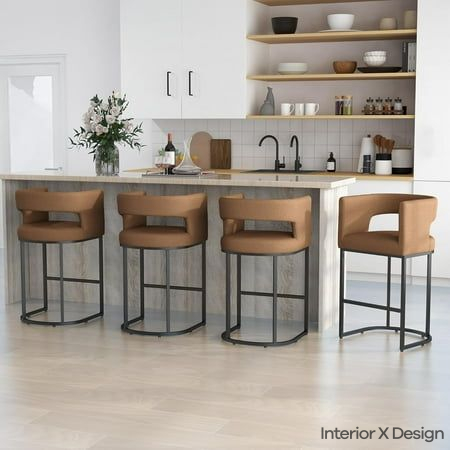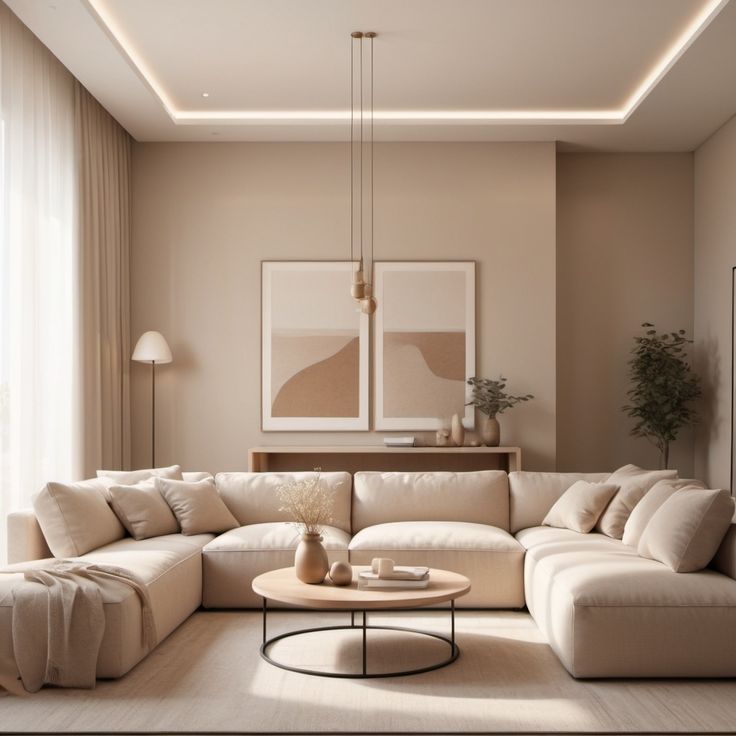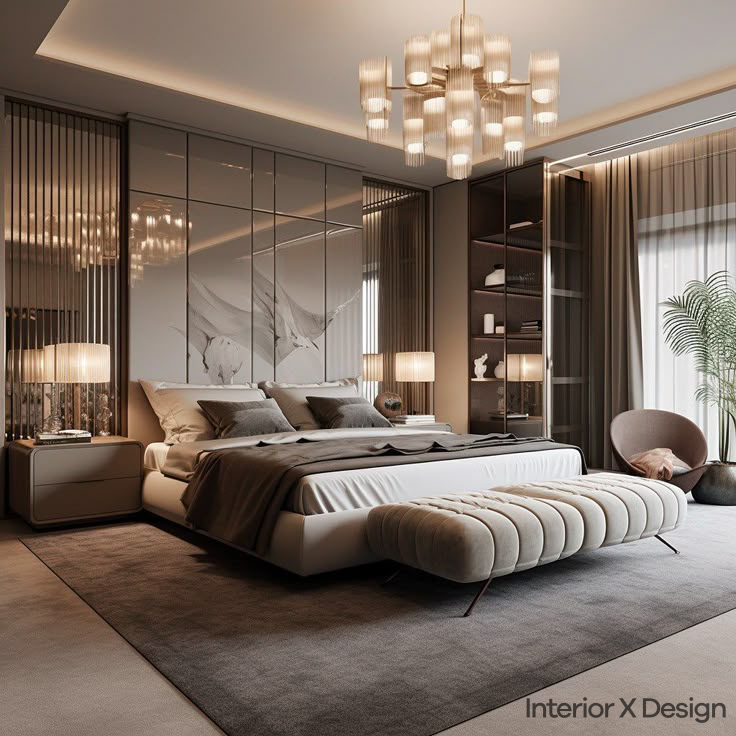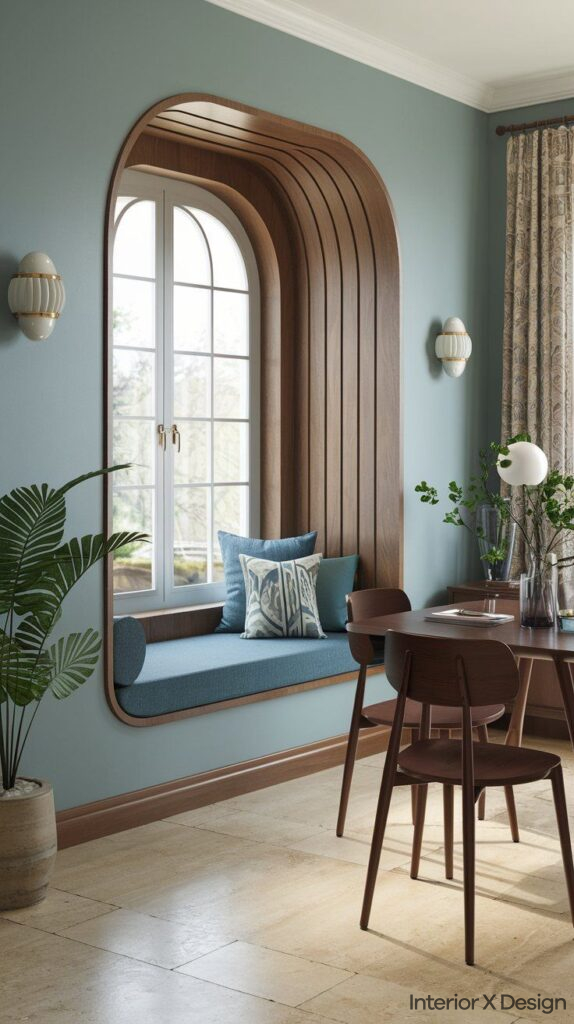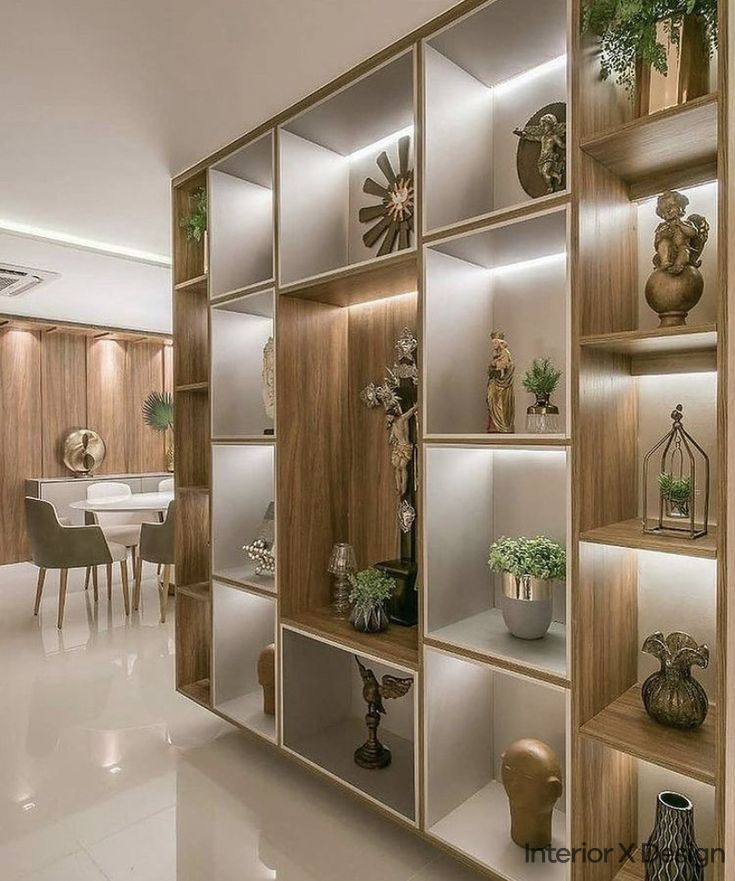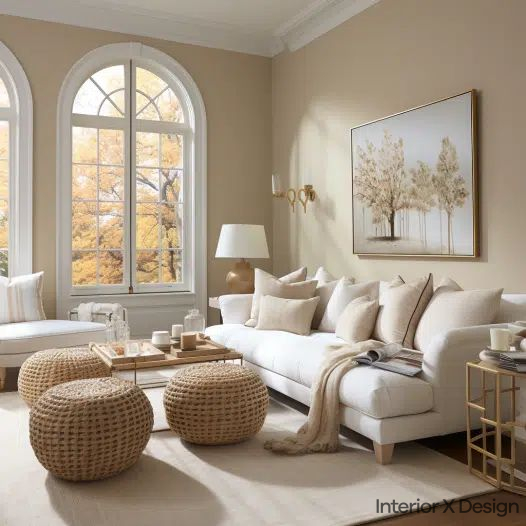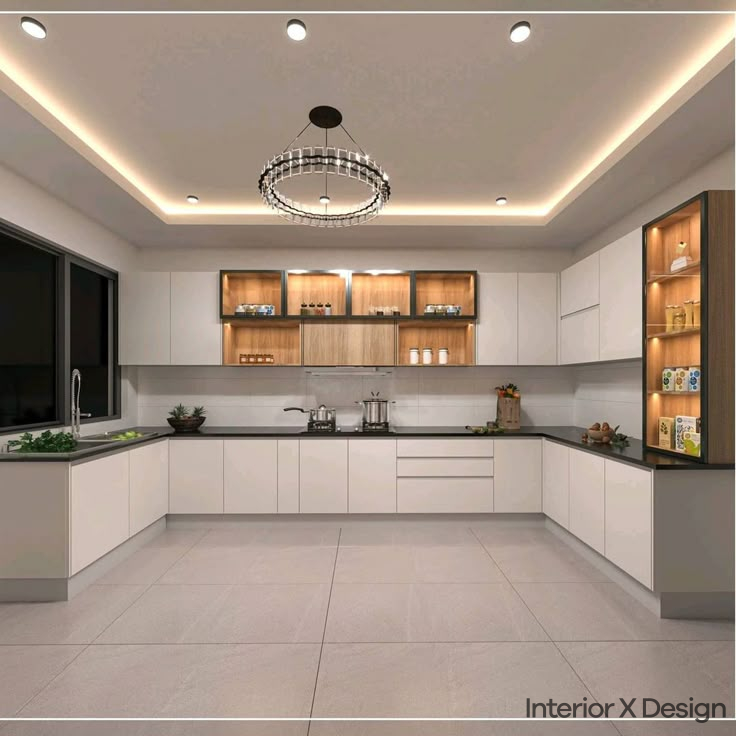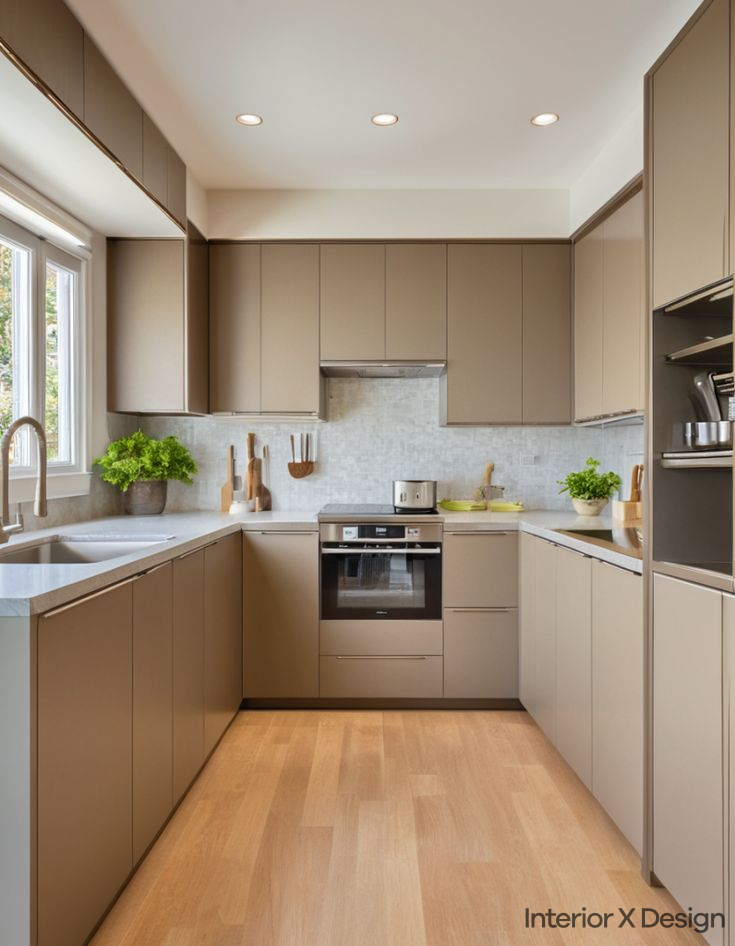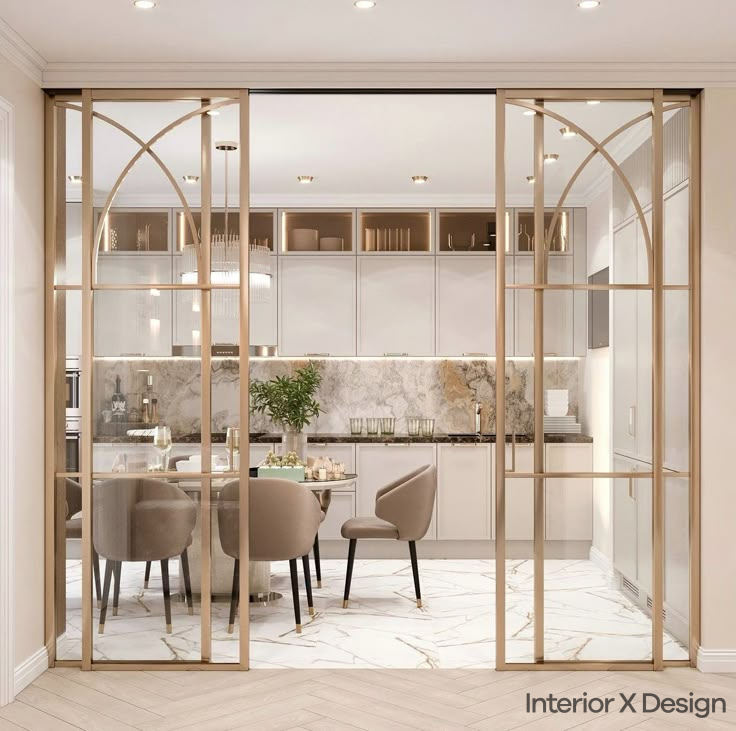Why Bar and Breakfast Counter Height Matters
Choosing the right bar counter height and breakfast counter height affects comfort, functionality, and aesthetics. The wrong height can cause discomfort and poor posture, while the correct height improves usability and enhances your space.
This guide covers:
- Standard measurements for bar and breakfast counters
- How to choose the right height
- Key differences between bar and breakfast counters
- Common mistakes to avoid
Standard Bar Counter Height
A bar counter is typically 40 to 42 inches (102 to 107 cm) high. This height pairs well with bar stools that have a seat height of 28 to 30 inches (71 to 76 cm), allowing comfortable legroom.
Factors to Consider
- User Comfort: Taller counters may be difficult for shorter individuals.
- Ergonomics: Ensure enough space for legs and proper posture.
- Functionality: A higher counter creates a formal bar-like setup, while a lower one feels more casual.
- Style Compatibility: The counter should match the overall kitchen or bar design.
Standard Breakfast Counter Height
A breakfast counter is usually 36 to 38 inches (91 to 97 cm) high, similar to a kitchen counter. It works well with counter-height stools with a seat height of 24 to 26 inches (61 to 66 cm).
Benefits of a Breakfast Counter
- Casual dining experience
- Easier for children and seniors
- Blends seamlessly with kitchen islands
Bar Counter vs. Breakfast Counter: Key Differences
| Feature | Bar Counter | Breakfast Counter |
|---|---|---|
| Height | 40-42 inches | 36-38 inches |
| Seating | Bar stools (28-30″) | Counter stools (24-26″) |
| Function | Drinking, socializing | Dining, quick meals |
| Style | Formal, lounge-style | Casual, kitchen-friendly |
How to Choose the Right Height
1. Measure Your Space
Ensure the counter integrates well with surrounding furniture. Measure from the floor to the counter surface and allow 10-12 inches of space between the stool seat and the counter.
2. Consider the Users
- Taller individuals may prefer a bar counter.
- Families with children benefit from a lower breakfast counter.
- Adjustable counters offer flexibility for different users.
3. Determine Its Purpose
- Dining & Cooking: A breakfast counter works best.
- Drinks & Socializing: A bar counter is ideal.
- Multi-Use Space: Consider an adjustable height design.
How to Calculate Counter Heights
Bar Counter Calculation
Measure from the floor to the top of the counter and ensure stool height is 10-12 inches lower than the counter.
Breakfast Counter Calculation
Measure the same way as bar counters but opt for counter-height stools for proper spacing.
Adjustable Counter Heights: A Flexible Solution
Some modern kitchens and bars feature height-adjustable counters to accommodate different users. These are ideal for:
- Homes with diverse age groups
- Multi-functional spaces
- Accessibility concerns
Common Mistakes to Avoid
- Incorrect Stool Height: Ensure stools match the counter height to avoid discomfort.
- Ignoring Legroom: Allow at least 10-12 inches between the seat and the counter.
- Overlooking Aesthetic Flow: Match the counter height to surrounding furniture for a cohesive look.
- Choosing the Wrong Height for Use: Use bar height for bars and breakfast height for dining.
- Skipping Measurements: Always measure before purchasing counters or stools.
How to Integrate Bar and Breakfast Counters in Your Design
- Match with Kitchen Style: Choose materials and colors that complement your space.
- Optimize Layout: Place the counter where it enhances movement and accessibility.
- Use Quality Materials: Wood, granite, and stainless steel improve durability and style.
Conclusion
Selecting the right bar counter height and breakfast counter height ensures comfort, functionality, and aesthetic appeal. Whether you need a social bar area or a practical breakfast nook, choosing the right height makes a difference.
For expert design assistance, visit Interior X Design and explore our latest home design ideas.

